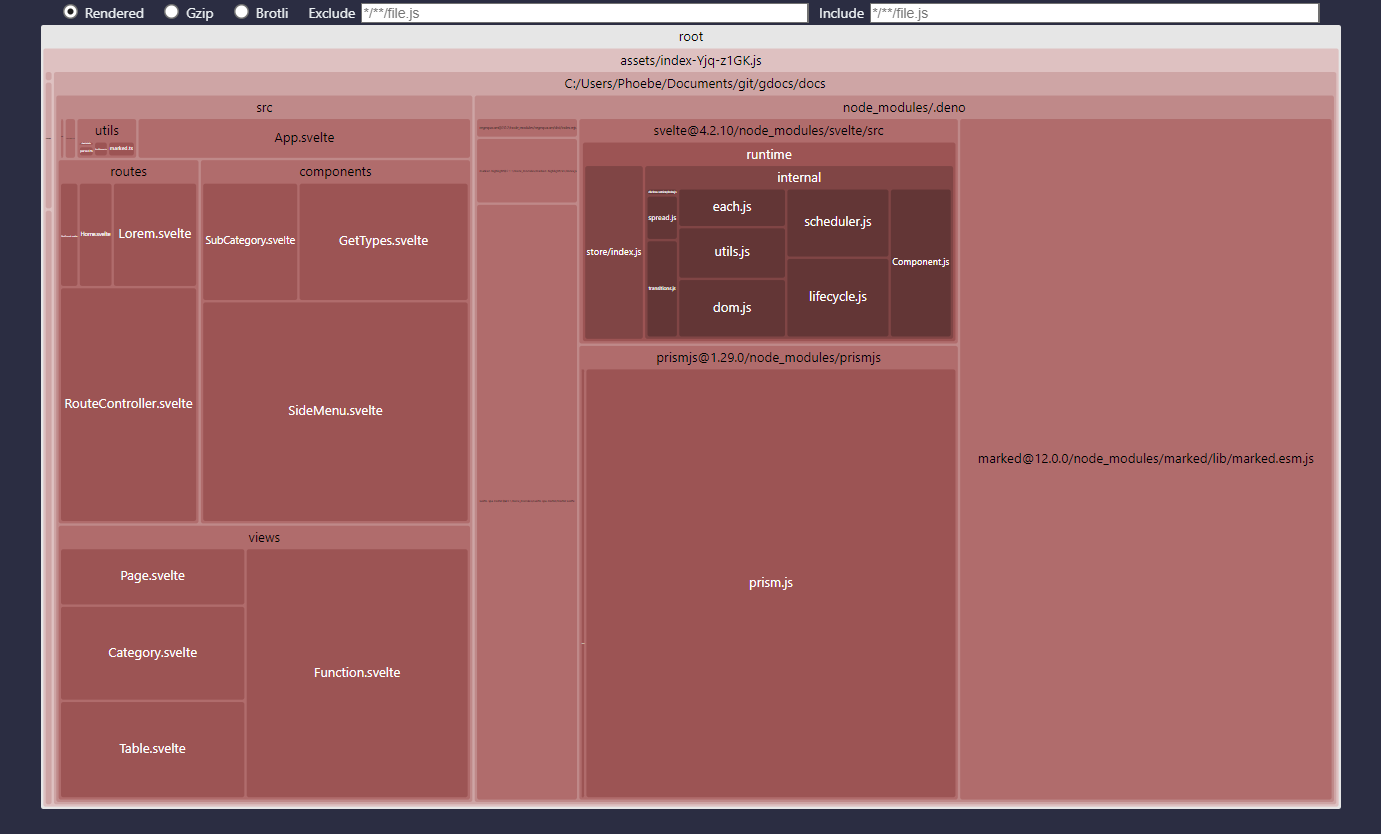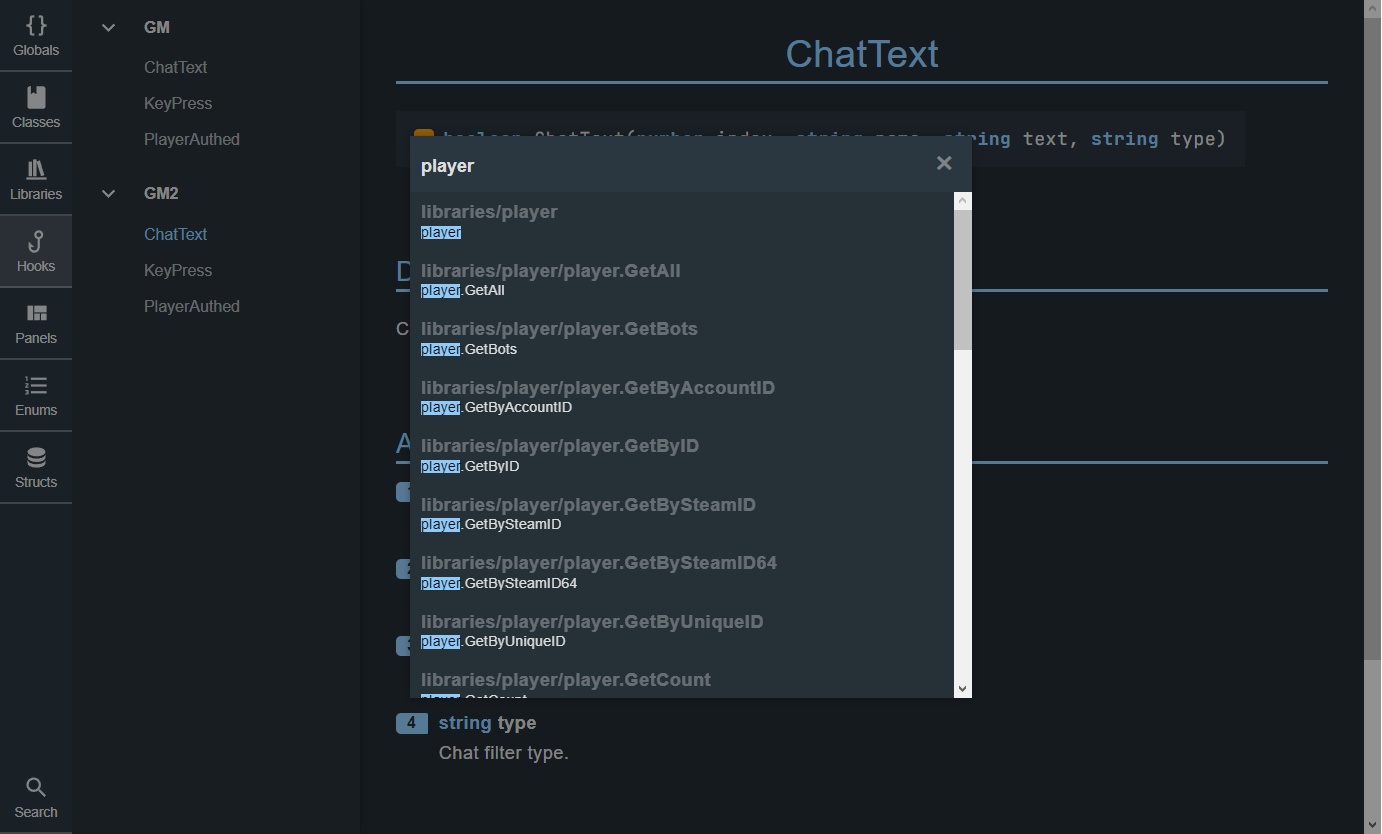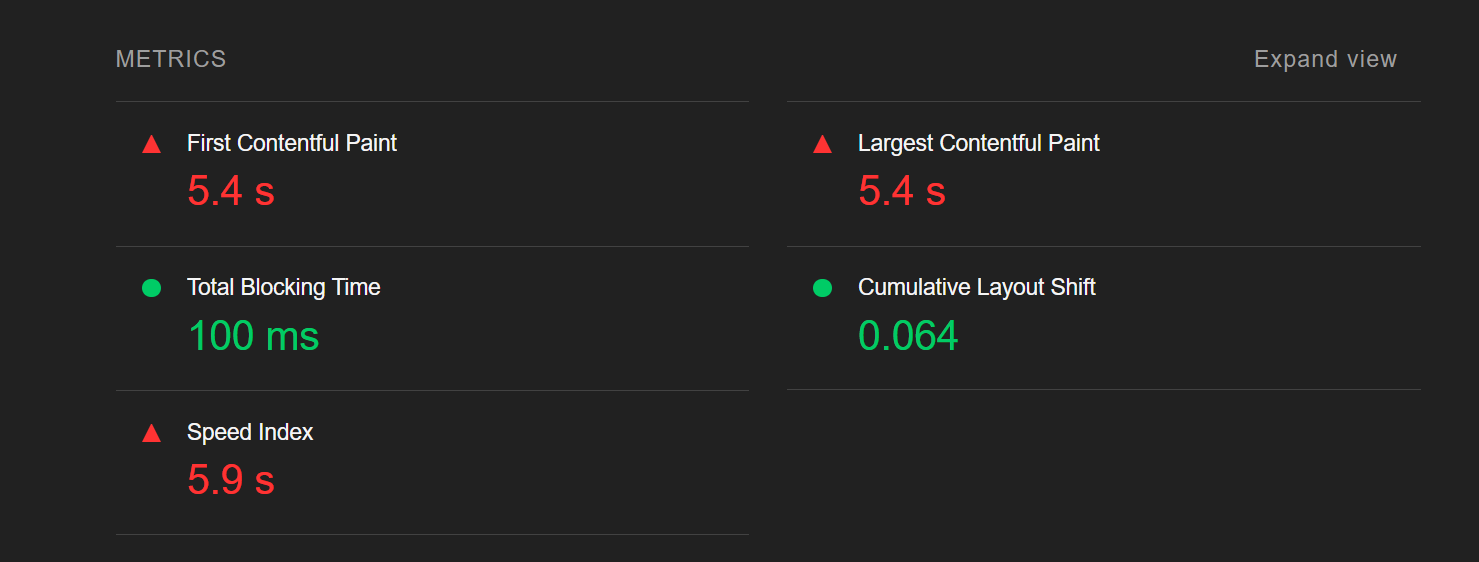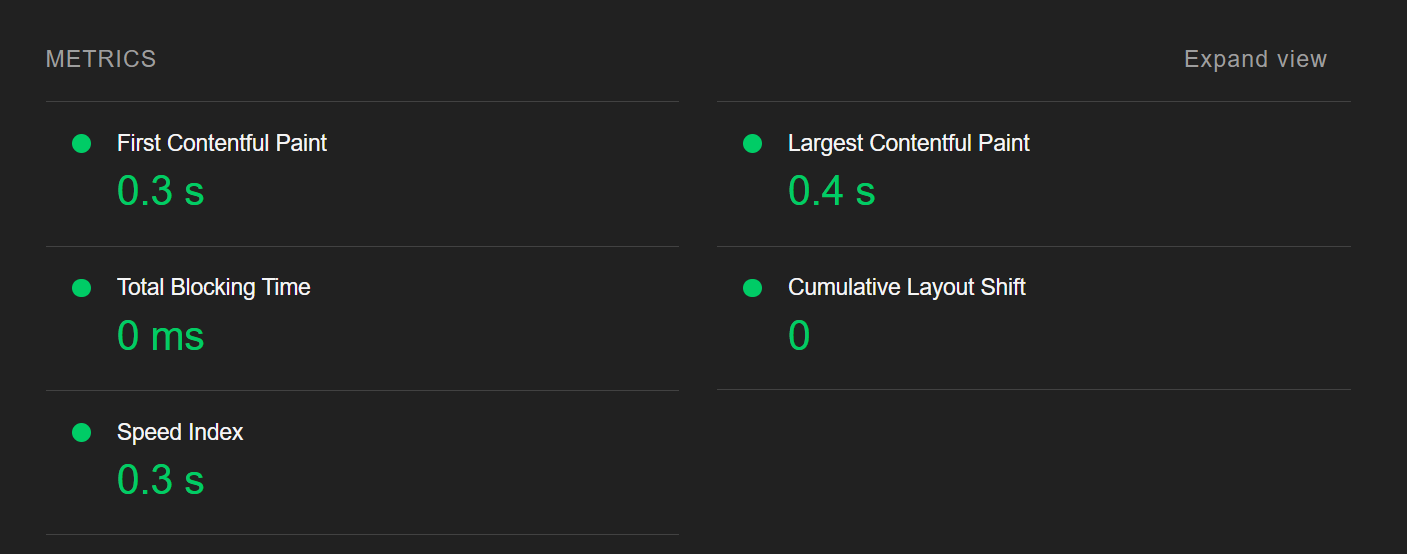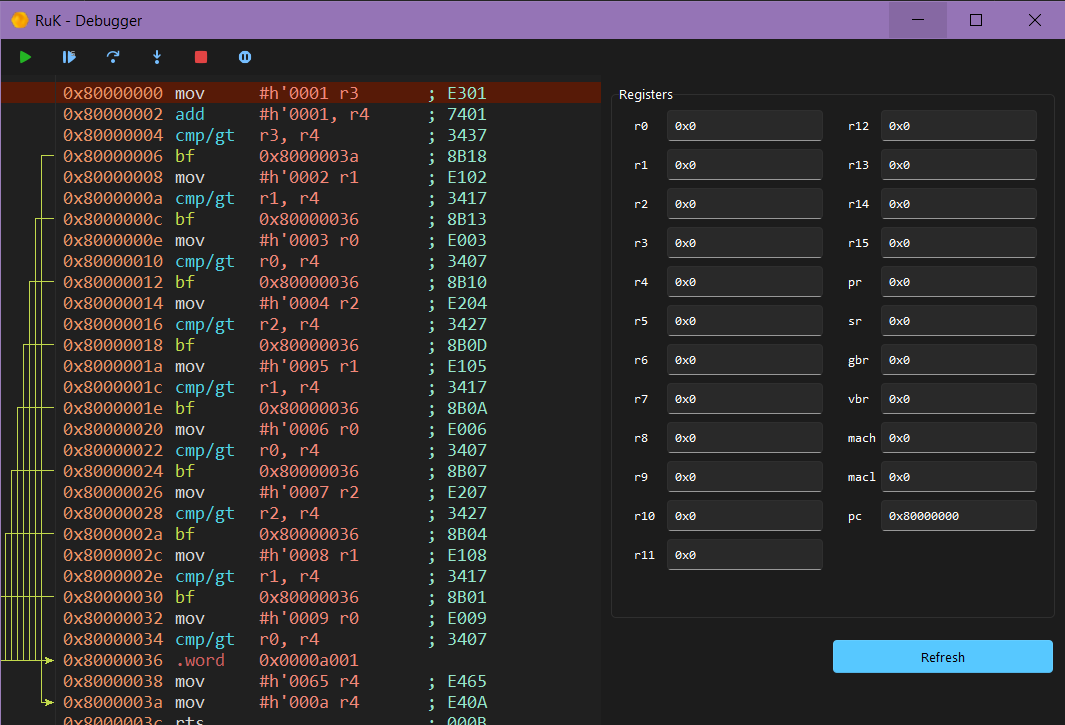Refactoring Legacy Code: Reviving GDocs with Deno and Svelte
February 2024
- Uniting Legacy Code and Modern Tools
Introduction
In the world of software development, legacy code can often pose significant challenges, hindering productivity and innovation. Such was the case with GDocs, a documentation generator for Lua that had been abandoned since 2021. Recognizing the potential of this tool and the need for modernization, I embarked on a mission to refactor and revitalize the GDocs codebase, showcasing the power of Deno and Svelte in the process.
Legacy Code Migration with Deno
The journey began with a migration from the outdated Yarn package manager to Deno, a secure runtime for JavaScript and TypeScript. This transition involved removing TypeScript dependencies and replacing external libraries like minimist with Deno’s built-in modules. By leveraging Deno’s streamlined tooling and security features, I aimed to simplify the development process and reduce dependency overhead.
Parsing Optimization and Performance Enhancement
One of the key challenges in the GDocs codebase was the large Node.js cache size and slow build times. Through meticulous optimization of file system reads and code logic, I was able to significantly improve parsing time and reduce build times from minutes to seconds. Deno’s enhanced parsing capabilities and restricted file system access played a crucial role in achieving these performance gains with minimal effort.
Simplifying the HTML Generator with Svelte
The next hurdle to overcome was the complex HTML generator in GDocs, which relied heavily on React and large chunks of embedded database content. I conducted a proof-of-concept experiment with Svelte and its SPA routing capabilities, aiming to replicate the existing routing behavior while simplifying the codebase. The transition from React to Svelte proved to be straightforward, allowing for the removal of unnecessary build steps and dependencies.
| Legacy React | |
|---|---|
| Deno Node Modules Size (MB) | 524 |
| Number of Dependencies | 1521 |
| Svelte | |
|---|---|
| Deno Node Modules Size (MB) | 70.4 |
| Number of Dependencies | 124 |
The drastic reduction in both node modules size and the number of dependencies reflects the efficiency and optimization achieved through the migration process.
Implementing Search Functionality
One of the pivotal enhancements in the revamped GDocs lies in the introduction of a powerful search feature. The migration to Deno and Svelte facilitated the implementation of a swift and precise search algorithm. By implementing a tailored search algorithm and leveraging Svelte’s reactive framework, users can now enjoy near-instantaneous search results. This overhaul not only accelerates the search process but also empowers users to discover relevant documentation swiftly and effortlessly.
Streamlining CSS and Theming
To further streamline the codebase, I opted to switch from CSS-in-JS and complex styling frameworks to plain CSS with variables. By injecting theme variables at build time, I minimized CSS generation overhead and improved runtime performance. This decision also facilitated faster development and reduced the overall complexity of the project.
Performance Metrics and Optimization Results
The performance improvements achieved through the refactoring process were substantial. The initial rewrite with Svelte reduced load times from over a second to mere milliseconds, with significantly reduced data transfer and resource usage. Further optimizations, such as inlining SVGs and removing third-party fonts, pushed load times even lower, resulting in a highly responsive and efficient application.
Legacy React SPA PSI
Optimized Svelte Rewrite PSI
Key Performance Indicators (KPIs):
| Metric | Legacy React SPA | Initial Svelte Rewrite | Optimized Svelte Rewrite |
|---|---|---|---|
| Load Time (ms) | 1810 | 333 | 54 |
| DomContentLoaded (ms) | 1680 | 150 | 52 |
| Finish (ms) | 1770 | 367 | 71 |
| Total Transferred Data | 832 KB | 185 KB | 51.1 KB |
| Resources Used (KB) | 2700 KB | 362 KB | 224 KB |
The KPIs provide a clear indication of the efficiency gained through the Svelte rewrite of GDocs. The load time was drastically reduced from 1.81 seconds to just 54 milliseconds in the optimized version, with significant improvements in DomContentLoaded and Finish times as well. Moreover, the total transferred data and resources used were significantly minimized, leading to a more streamlined and faster user experience.
Conclusion
The successful refactoring of GDocs using Deno and Svelte serves as a testament to the power of modern tools and techniques in revitalizing legacy codebases. By embracing simplicity, performance, and security, I was able to breathe new life into an abandoned project, demonstrating the transformative impact of strategic refactoring and migration efforts. As we continue to evolve in the world of software development, initiatives like this underscore the importance of adaptability and innovation in driving progress and success.
Also Read
-
Hotel Booking Engine
AstroBooking
Re-Implementing UX from popular booking website to make a smooth and responsive booking UX (even on mobile !) and see where it goes
-
SuperH Emulator
RuK
A simple yet powerful CPU emulator, capable of emulating a subset of SuperH instructions.
It is built in Python with TKinter Canvas that provide a cool GUI. -
OVH Legacy analysis
OVHManager
Re-Implementing the OVH Manager control panel in order to understand why it's so slow. Spoiler alert, Legacy code is to blame there !

